
Unit 3: Revolutions and Reaction
Lesson A: Conflict and Progress in the European World
Opening: From the Middle to Early Modern Age
As the Medieval Period ended in Europe, the decline of feudalism was followed by the creation of new kingdoms and empires. This new system of land ownership and government was often headed by an absolute monarch, who held total control over their land and populations. You have learned about rulers in other parts of the world who have held absolute power during the Medieval Period such as Chinese emperors and Islamic sultans. It is also important to examine the causes and effects of the rise of absolute monarchs considering the influence of Europe on the modern period of history. This lesson will examine the reasons many Europeans were unhappy with this system, and the events that led to the reform of these absolute monarchies.
In order to get a clearer idea of how this situation affected people in Europe, complete the following activity. Most governments today have limitations that balance the power of the government. Some, however, still have systems in place similar to the absolute monarchies of Europe.
Directions: Read each newspaper headline and answer the questions that follow as directed by your teacher.
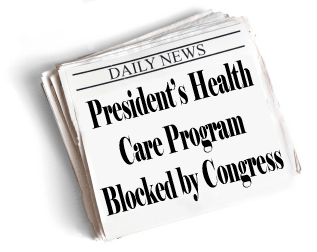
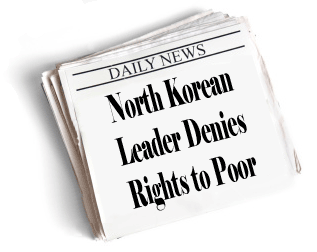
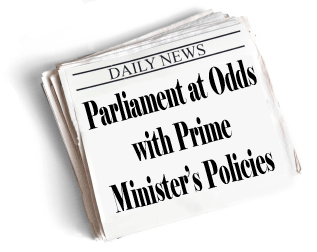
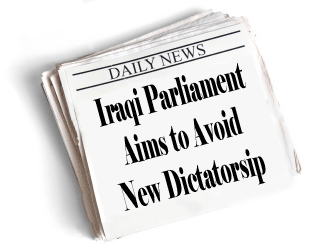
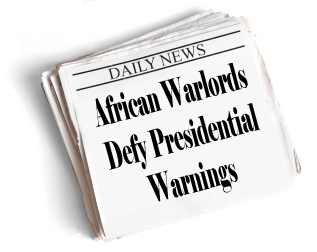
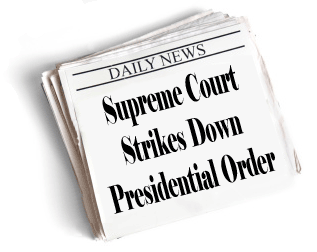
Written Activity - Notebook
In your notebook, respond to the following questions:
- How do some governments limit the power of leaders?
- How do some leaders practice absolute power?
- Why are some governments unable to rule effectively?
Remember the real world connections you made above as you learn more about the reasons for opposition to absolute monarchies in the rest of the lesson.

